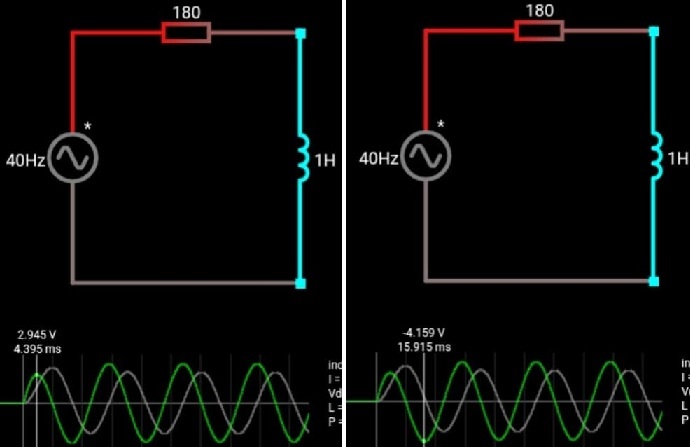This is the simulation of a RL circuit with an AC source.
That AC source is connected with the circuit at the moment when the source voltage has zero phase angle with 5 volts peak.
It can be seen from the simulation that the peak voltage of the first half cycle (which is the transient I know) is less than the peak voltage of the negative half cycle and rest of the cycles.
I want to know whether that the peak voltage of the positive half cycle is less than the peak voltage of the rest of the cycles is because of any simulation error or is there any other reason?
Plus
When the value of the resistor is increased the transient current and voltage die off more quickly.
Please anyone tell me that why increasing resistance makes the transient to die off quicker?
Infact why resistance make the transients to die off?
I need detail answers of these question. So please if anybody can help!

